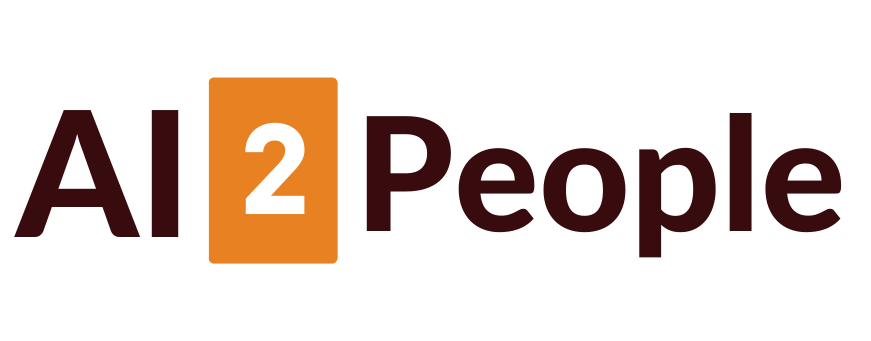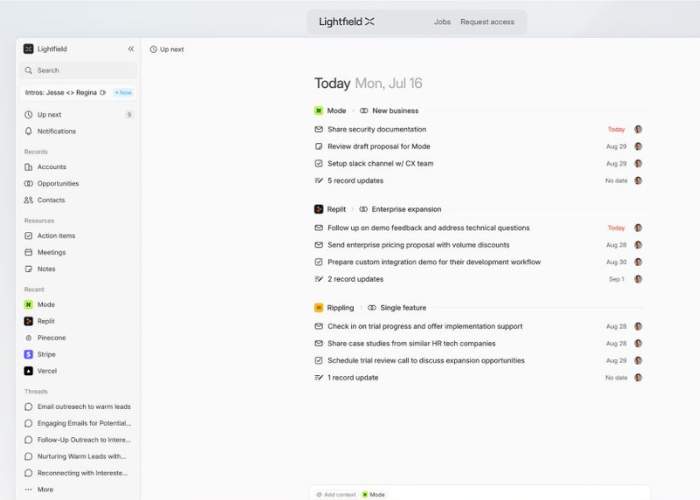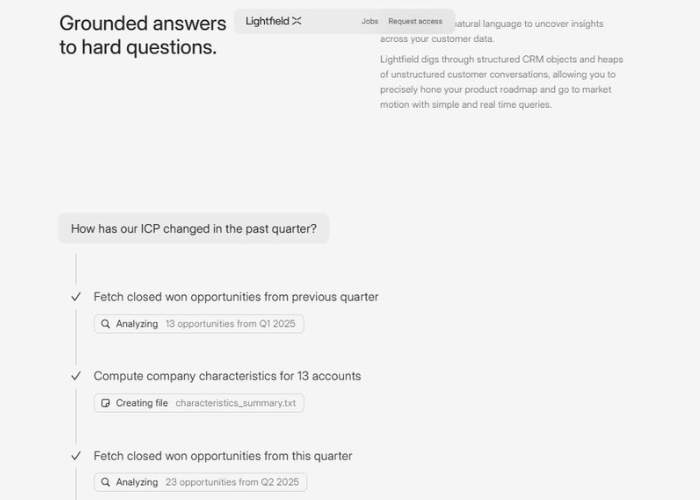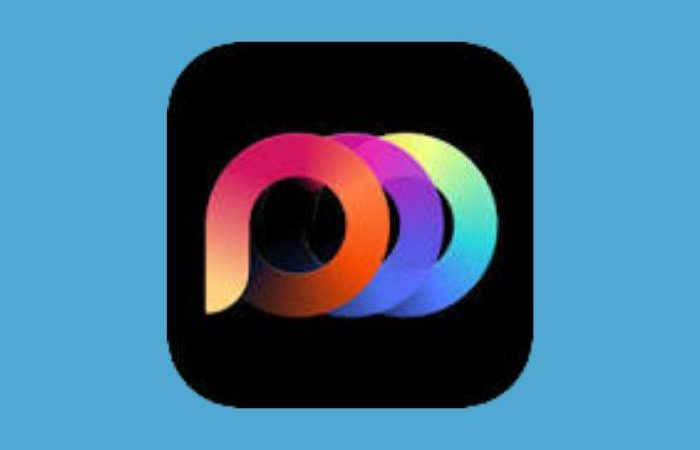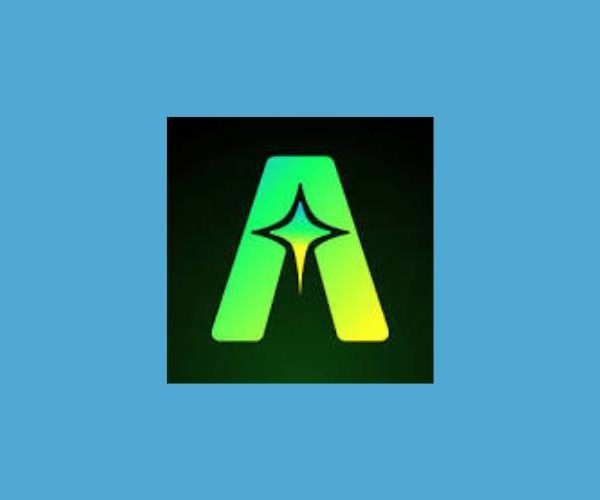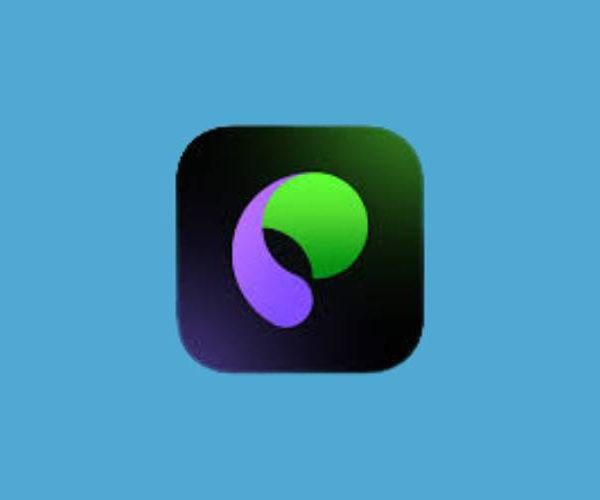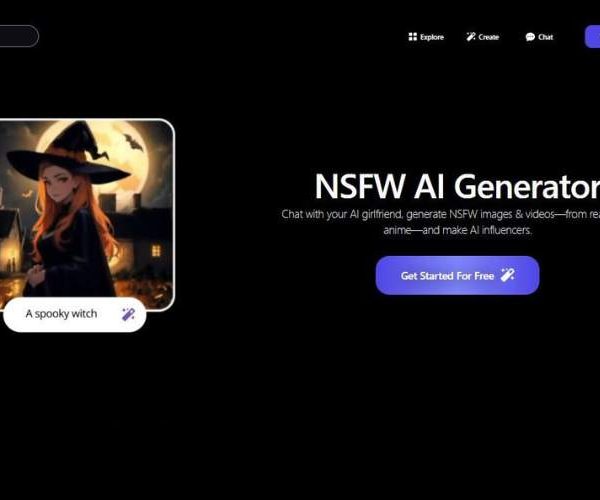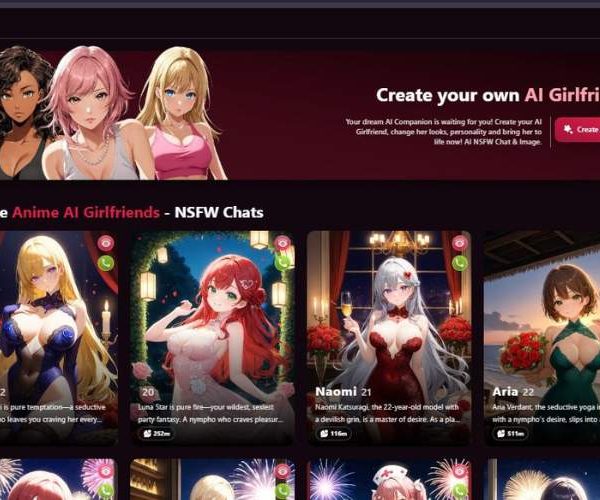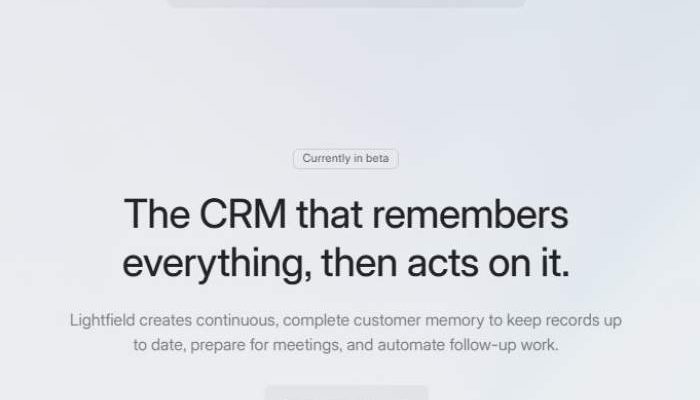
Tome App Pricing, Pros Cons, Features, Alternatives
Sometimes a tool doesn’t just ask, “What do you want to make?” but instead whispers, “What story do you want to tell?”
That’s the vibe I got from Tome.app. I spent a good chunk of today diving into it, poking at features, testing its limits, and honestly—having a bit of a rollercoaster ride with my emotions along the way.
First Impressions
Tome greets you differently than other AI presentation makers. Instead of throwing templates in your face or burying you in font choices, it leans into narrative.
Slides aren’t really “slides” here—they’re more like tiles in a scrollable story.
At first, I wasn’t sure how to feel about that. Was it refreshing? Yes. Was it slightly disorienting for someone raised on PowerPoint since middle school? Also yes.
The question I immediately asked myself was: “Is this a presentation tool, or is it secretly trying to replace Medium and Notion at the same time?”
The Workflow: Feeding Prompts, Getting Stories
The AI generation works in a familiar way—you give it a prompt, and Tome spins up a draft presentation. I tried:
- “The Future of Space Travel”
- “Why Dogs Secretly Run the World”
Both gave me structured narratives with text, images, and layouts.
The space one was genuinely impressive—clean, well-paced, and supported with images that didn’t look like random stock filler. The dog one?
Well, it looked like a TED Talk gone rogue. But hey, I appreciated the enthusiasm.
Design and Layout
Unlike SlidesAI or MagicSlides, Tome doesn’t want to be confined by the word slide. It feels more like flipping through a digital magazine than clicking a projector remote.
Here’s my breakdown:
| Feature | My Take | Score (Out of 10) |
| Layout Style | Minimalist, storytelling-first | 9 |
| Customization | Limited—you play by Tome’s rules | 6 |
| Visuals | AI-generated images are surprisingly fitting | 8 |
| Flow | More narrative, less bullet-point heavy | 9 |
The upside? You get a sleek, cohesive look without fiddling endlessly.
The downside? If you’re the type who likes breaking design rules (misaligned text, quirky fonts, messy creative chaos), Tome will gently tug your hand back in line.
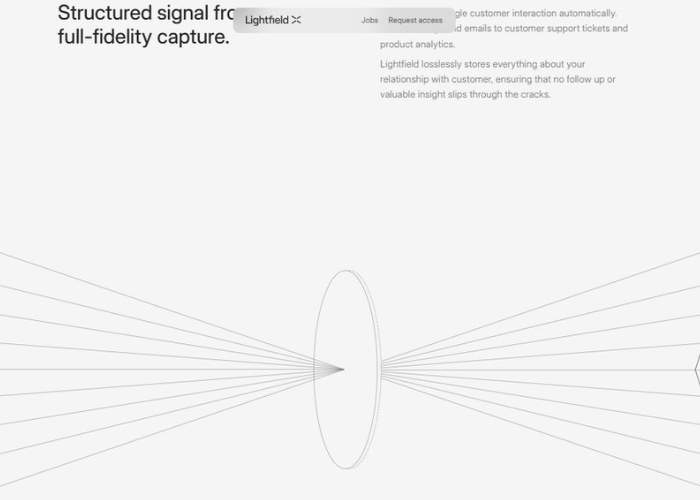
Emotional Ride: From “Wow” to “Hmm”
Using Tome was oddly emotional. The first few minutes felt liberating—I wasn’t just making slides, I was telling a story.
The scroll-based format gave my deck a cinematic feel, almost like a guided journey.
But then came the “hmm” moments. There were times when I felt boxed in, like Tome had already decided the kind of storyteller I should be.
And let’s be real—AI writing, while good, still needs a human injection of wit and personality. Without edits, my draft sounded polished but soulless.
And I don’t want to sound like a robot trying to sell space tourism.
Collaboration and Sharing
Tome is clearly built with sharing in mind. Presentations aren’t just static files—you can send interactive links.
That’s a big win in today’s world of remote teams. Instead of emailing bulky decks, you send a sleek link that works like a live webpage.
Also, collaboration is smooth. Teammates can jump in, edit, tweak, and basically co-create without that dreaded Final_FINAL_v2 nonsense.
Who It’s Best For
Here’s my take on the sweet spot:
- Startup founders who want to wow investors with more of a “story pitch” than a slide dump.
- Educators who want lessons to feel like narratives, not boring lists.
- Content creators who care about vibes as much as information.
But if you’re working in a corporate boardroom that worships bullet points and pie charts? Tome might feel too artsy, too unorthodox.
Strengths and Weak Spots
Here’s the raw deal:
| Strengths | Weaknesses |
| Narrative-first approach makes presentations engaging | Limited customization for design rebels |
| Sleek, modern, scrollable decks | Can feel too “templated” after a while |
| Smooth collaboration and sharing | Requires consistent internet access |
| AI-generated text + images save time | Drafts often need heavy editing for personality |
Bigger Picture: Is Tome the Future?
I kept circling back to this thought: Tome doesn’t just want to be a presentation tool. It wants to be a storytelling medium. That’s ambitious, and kind of inspiring.
The idea of presentations moving away from rigid slides into fluid narratives makes sense—especially in an era where people are scrolling TikTok and Instagram more than they’re sitting through PowerPoint marathons.
But ambition cuts both ways. Some people will find Tome revolutionary. Others will find it a bit much, a solution looking for a problem.
My Final Verdict
So, what’s the bottom line? Tome.app is not for everyone—but it’s definitely for someone. If you want your ideas to feel less like spreadsheets and more like stories, this is the tool.
If you want rigid structure and granular design control, you’ll probably be happier elsewhere.
Here’s my scorecard:
| Category | Score (Out of 10) | Notes |
| Ease of Use | 8 | Simple, but different enough to feel odd at first. |
| Design Quality | 9 | Clean, narrative-driven layouts. |
| Customization | 6 | Restrictive guardrails. |
| Collaboration | 9 | Sharing + editing is seamless. |
| Creativity | 8 | Strong narrative flow, but AI drafts lack soul. |
| Overall | 8 | Unique and modern, but not a universal fit. |
Closing Thought
Tome.app feels like that friend who always insists on telling a story instead of giving a straight answer. Sometimes it’s captivating, sometimes you wish they’d just cut to the chase.
But either way, you walk away remembering it. And honestly? That’s more than I can say for most slideshows I’ve sat through.
